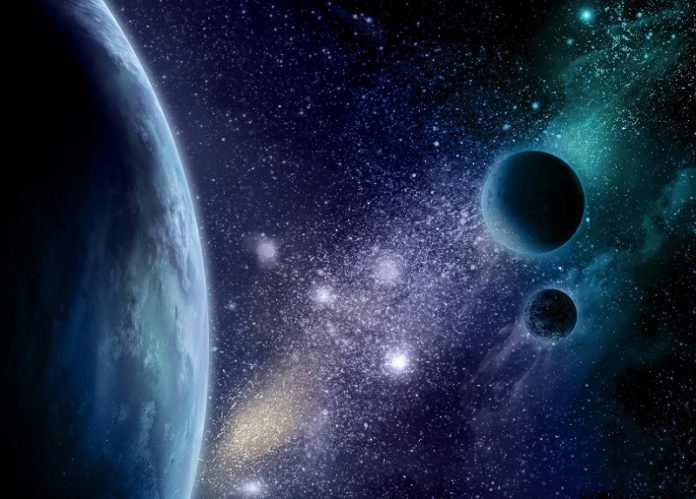
Lunar swirls are bright, sinuous patterns on the moon’s surface that look like brushstrokes in an abstract painting.
These features, visible even with a backyard telescope, stretch for hundreds of miles. Recent studies suggest that these swirls might be magnetized by hidden underground magmas.
NASA images show that the rocks within these swirls are magnetized, deflecting solar wind particles that darken surrounding rocks, keeping the swirls light-colored.
But how did these rocks become magnetized?
The moon lacks a magnetic field today, and no missions have visited a lunar swirl to investigate.
Michael J. Krawczynski, an associate professor at Washington University in St. Louis, explores two main theories.
One theory suggests meteorite impacts could magnetize the swirls by delivering iron-rich material. However, this explanation doesn’t account for the distinct shapes and sizes of some swirls.
Krawczynski believes a more likely explanation involves underground lavas. As these lavas cool slowly in a magnetic field, they could create magnetic anomalies.
To test this theory, Krawczynski and his team conducted experiments focusing on a mineral called ilmenite, abundant on the moon.
The researchers tested how different atmospheric conditions and cooling rates affected ilmenite. They discovered that ilmenite could form magnetizable iron metal particles under the right conditions, particularly when the grains are small.
Smaller grains have a larger surface area relative to their volume, making them more reactive and better at forming strong magnetic fields.
These experiments showed that under lunar conditions, ilmenite could indeed become magnetized, supporting the theory that underground magmas might be responsible for the swirls’ magnetism.
Understanding the origin of lunar swirls is crucial for learning about the moon’s history and its past magnetic field. This knowledge also helps us understand how planetary surfaces interact with their space environments.
NASA plans to send a rover to the lunar swirl area known as Reiner Gamma in 2025 as part of the Lunar Vertex mission. This mission aims to explore these magnetic anomalies further.
Krawczynski notes that for the underground magma to create these magnetic anomalies, it must contain high levels of titanium.
While hints of this reaction have been observed in lunar meteorites and samples from Apollo missions, these samples are from surface lava flows. Cooling underground could enhance the formation of magnetizable materials significantly.
For now, Krawczynski’s experiments provide the best method to test these predictions. “If we could just drill down, we could see if this reaction was happening,” he said. “That would be great, but it’s not possible yet. Right now, we’re stuck with the surface.”
Understanding these mysterious lunar swirls brings us closer to unlocking the secrets of the moon and its geological history.



